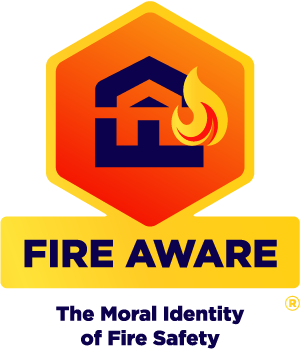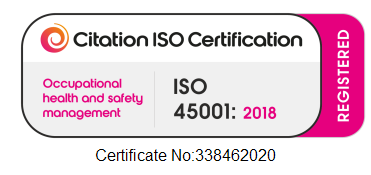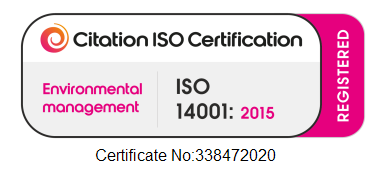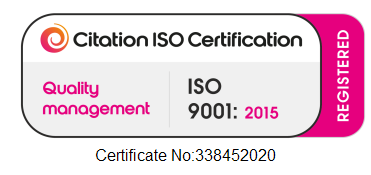
The Building Safety Act 2022 introduces a new role called the ‘Accountable Person’ in relation to higher- risk residential buildings in England. The Act aims to enhance building safety and accountability following events like the Grenfell Tower fire. Here is a brief description of the role and responsibilities of the Accountable Person:
Role of the Accountable Person:
The Accountable Person is a central figure responsible for ensuring the safety of higher-risk residential buildings during their entire life cycle. This role is typically assigned to the building owner or a designated entity responsible for building safety. The Accountable Person’s primary role is to oversee and manage safety measures and compliance within the building.
Responsibilities of the Accountable Person:
- Safety Case: The Accountable Person is required to develop and maintain a comprehensive safety case for the building. This safety case outlines how the building safety risks are identified, managed., and mitigated throughout its life cycle.
- Safety Management System: They must establish a robust safety management system for the building, which includes clear protocols for identifying and addressing safety risks. This system should also include processes for reporting and learning from safety incidents.
- Residents Engagement: The Accountable Person must engage with residents and maintain open lines of communication. Residents should be informed about safety measures, risks, and procedures, and their feedback should be considered.
- Register of Building Information: Maintain a register of building information, including plans, maintenance records, safety assessments, and other relevant documentation. This register should be made accessible to relevant parties.
- Notifying Regulators: Report certain safety related information to the Building Safety Regulator, including safety issues and compliance with safety requirements.
- Compliance with Safety Standards: Ensure that the building complies with safety standards and regulatory requirements and take necessary steps to rectify non-compliance.
- Accountability for Remediation: If safety issues are identified, the Accountable Person is responsible for organizing and funding necessary remediation works, including those related to fire safety.
- Transparency: Promote transparency by sharing safety information and data with relevant parties, including residents, regulators, and the Fire and Rescue Service.
- Transfer of Information: The Accountable Person must ensure that all relevant information is fully transferred to any incoming Accountable Person.
The introduction of the Accountable Person role is a key component of the Building Safety Act. 2022’s efforts to strengthen building safety and accountability in the wake of past safety failures. It places a strong emphasis on proactive safety management, transparency, and resident engagement to ensure that higher-risk residential buildings are safe for occupants throughout their life cycle.






